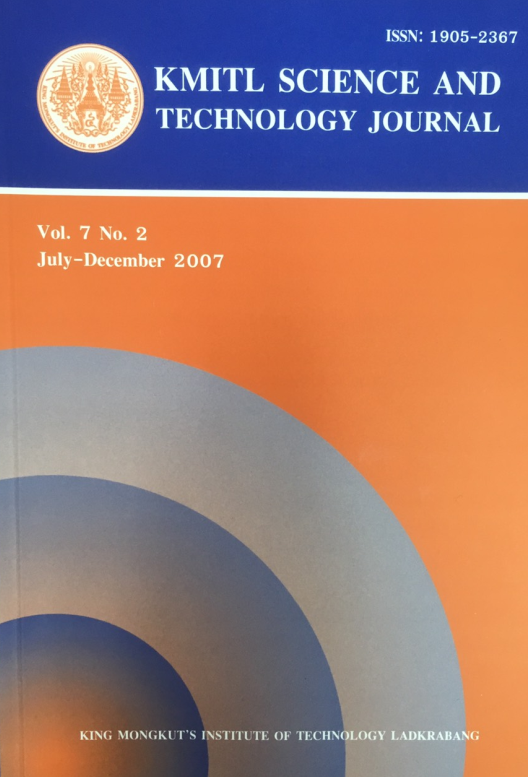USE OF GENETIC MARKERS TO AID CONSERVATION DECISIONS FOR GROUPS OF RARE DOMESTIC BREEDS
Main Article Content
Abstract
An approach to balancing genetic diversity and genetic merit in animal conservation programs is presented and illustrated by simulated example. Microsatellite markers are used to characterise the genetic variation among animals selected to join a conservation program. This is done by consideration of genetic variation within and between breeds at the marker loci. Perceived mean merit of the breeds is also considered. A weighting factor balancing diversity and merit is varied to give a range of possible outcomes. The resulting frontier of diversity and merit combinations is characteristic of the total animal resource, measurements made on it, and the size of the conservation program. It is suggested that practitioners choose an appropriate solution from this frontier. Extension of the method seems possible to help make decisions on factors such as rationalising breeds via crossbreeding and investment in conservation facilities.
Keywords: Genetic markers, genetic conservation, endangered breed, differential evolution
Corresponding author: E-mail: napapan.piyasatian@gmail.com
Article Details
Copyright Transfer Statement
The copyright of this article is transferred to Current Applied Science and Technology journal with effect if and when the article is accepted for publication. The copyright transfer covers the exclusive right to reproduce and distribute the article, including reprints, translations, photographic reproductions, electronic form (offline, online) or any other reproductions of similar nature.
The author warrants that this contribution is original and that he/she has full power to make this grant. The author signs for and accepts responsibility for releasing this material on behalf of any and all co-authors.
Here is the link for download: Copyright transfer form.pdf
References
[2] Barker, J.S.F. 1997 Conservation of domestic animal diversity approach to conservation : genetic similarities and differences between species. Proc. Assoc. Advmt.Anim. Breed. Genet. 12th, pp. 633-640.
[3] Crozier, R. H. 1997. A genetic diversity approach to conversation : genetic similarities and differences between species. Proc. Assoc. Advmt. Anim. Breed. Genet. 12th, pp. 624-632.
[4] Roy, M.S., Geffen, E., Smith, D., Ostrander, E. A. and Wayne, R. K. 1994 Patterns of differentiation and hybridization in North American wolflike canids, revealed by analysis of microsatellite loci. Molecular Biol. Evol. 11, 553-570.
[5] Meuwissen, T.H.E. 1997 Maximizing the response of selection with a predefined rate of inbreeding. J. Anim. Sci. 75, 934-940.
[6] Kinghorn, B.P. 1998 Managing genetic change under operational and cost constrains. In 36th National Congress of the South African Association of Animal Science, University of Stellenbosch 5-8 April., pp 9-16.
[7] Price, K. and Storn, R. 1997. Differential evolution. Dr. Dobb’s Journal 264, 18-24.
[8] Kinghorn, B.P. and Shepherd, R.K. 1999. Mate selection for the tactical implementation of breeding programs. Proc. Assoc. Advmt. Anim. Breed. Genet. 13th, pp. 130-133.


